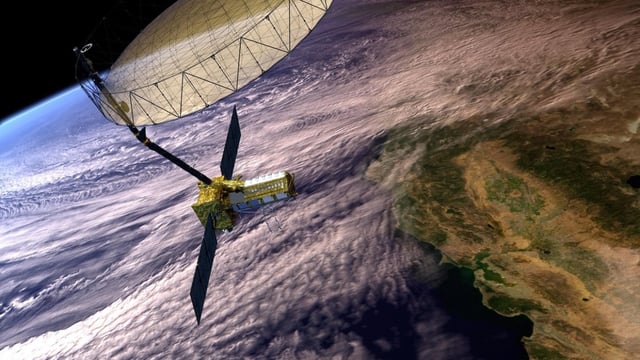Overview
- The NISAR mission carries an ISRO-provided S-band radar and a NASA-provided L-band radar to scan nearly all land and ice surfaces every 12 days with centimeter-level precision.
- Engineers at Satish Dhawan Space Centre in Sriharikota are conducting final checks and integration of both the NISAR spacecraft and the GSLV-F16 launch vehicle.
- Launch is targeted for no earlier than late July pending completion of technical reviews and formal liftoff approvals.
- With a combined budget of $1.5 billion and enough consumables for a three- to five-year mission, NISAR is the most ambitious Earth-observation collaboration between NASA and ISRO.
- All radar data will be made freely available to researchers and governments worldwide to support disaster response, climate studies, and environmental monitoring.
